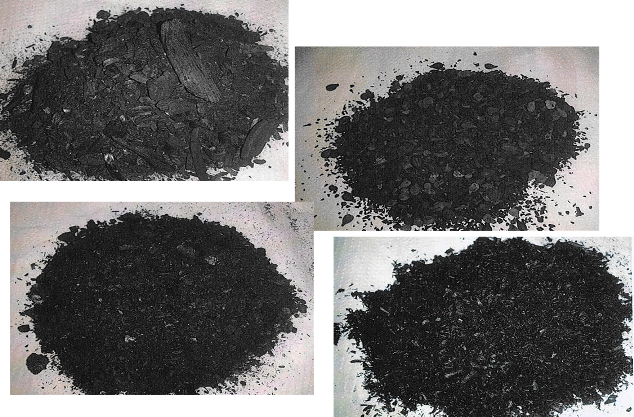Cost Action Meeting on Biochar
Ciro Gardi
Professor at the University of Parma, Italy
There is a growing worldwide interest on biochar and its possible application for improving soil fertility and climate change mitigation. There is a need, however, to fully investigate the interaction with the environment and the possible impact on human health.
The scientific community is challenged to provide the necessary answers to decision makers, stakeholders and citizens. Also, soil biodiversity scientists should play an essential role. In fact, the proposed application of biochar in agriculture, as amendments incorporated into the soil, will determine a strong interaction with soil biota that is still poorly investigated and understood.
On the 3rd and 4th of June in Aveiro, Portugal there was a meeting of two working groups (WG2 and WG4) of the Cost action TD1107 “Biochar in soils: on the path of the required level of scientific understanding for sustainable policy development”. I attended the meeting as an invited expert, participating in the activities of the Thematic Group on Biodiversity and Ecotoxicology.
The two days of intense and productive activities have been devoted to the assessment of the current and the required level of scientific understanding (LOSU), using the Ecosystem Services framework as operational tools. In other words it was requested to the groups of experts participating to the meeting, to score the current LOSU and the required LOSU for sustainable policy development, for each of the Ecosystem Services (sensu Millennnium Ecosystem Assessment) potentially affected by biochar application.
Figure 1 – Different types of biochar:
In the following phases, the potential properties, processes and indicators relevant for investigating the interaction of biochar within a specific thematic area (one of them was biodiversity and ecotoxicology), were discussed and selected.
The number of pending issues and aspects to be investigated on biochar is still relevant, but progress towards a more sustainable use of this material has been made. For instance, the total removal of crop residues to be used in pyrolysis plants and the reintegration of the produced biochar will have a heavy impact on the soil food web. Recent approaches, however, are based on the removal of 70% of crop residues for pyrolysis and the remaining 30% will contribute to the soil food web.
In agriculture, the biochar addition to soil has been suggested as a promising strategy to increase soil carbon storage with important side-effects on soil fertility and crop productivity. However, in order to correctly evaluate the potential contribution of biochar in increasing the storage of carbon in soils, it is necessary to acquire a deeper knowledge on its decomposition and transformation processes. Recent estimates on the decomposition rates of biochar indicate a 0.3% per year, but of course this will vary as a function of biochar characteristics (feedstock, temperature, processes, etc.) and soil and climate conditions.
Figure 2 – People attending the Aveiro Meeting:


